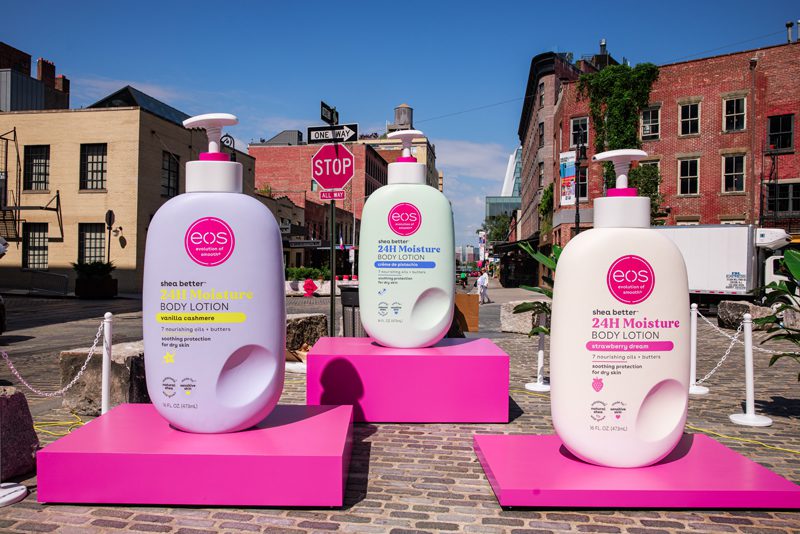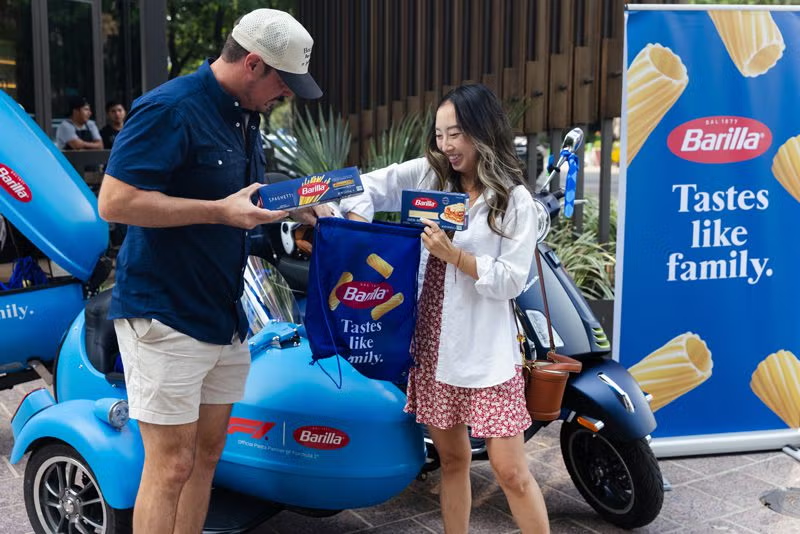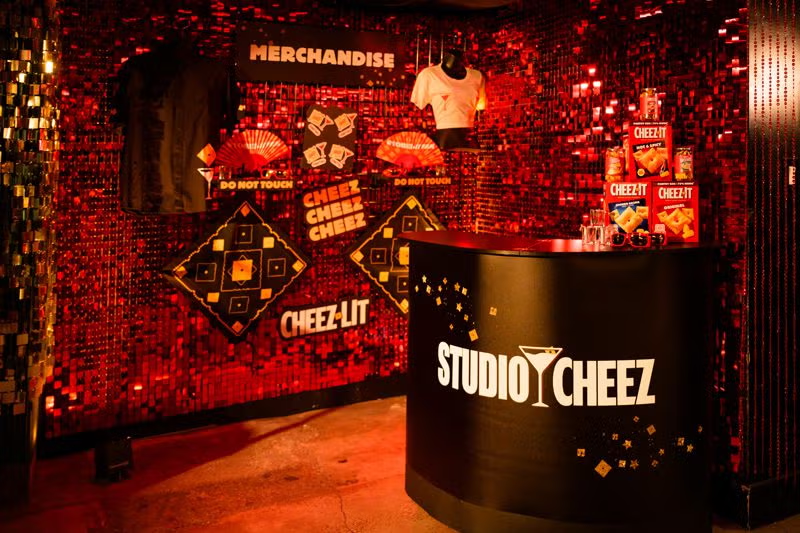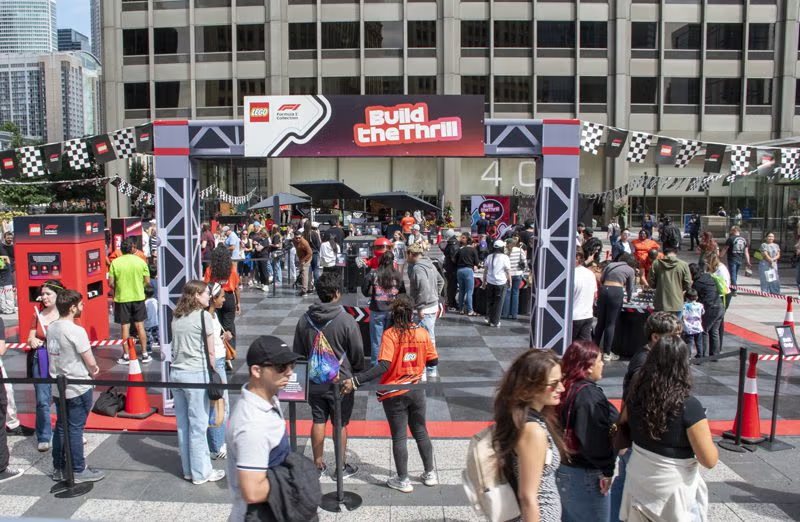This week marked a surge of boundary-pushing marketing activations that challenged convention and elevated the spectacle as a strategic asset. From ice-cold skincare presentations to theatrically chainsaw-sliced sandwiches, brands leaned heavily on sensory provocation to capture attention. The outcomes blended novelty, suspense, and audacity in equal measure, creating moments that refused to be overlooked.
The marketing landscape has shifted decisively toward disruption as a form of currency. Static displays and predictable campaigns have given way to high-impact, shock-and-awe executions designed to command attention in real time. These visceral encounters leave lasting impressions, embedding brands firmly in consumer memory.
In the skincare sector, one brand unveiled its latest moisturizer in an unconventional state—frozen and displayed in sleek, freezer-integrated fixtures. Customers were invited to apply the chilled product on the spot, encountering a textural and temperature surprise that redefined the sampling experience.
The frozen format altered the lotion’s viscosity, producing a richer, more indulgent feel upon contact with the skin. The low temperature heightened sensations of refreshment while supporting functional claims of skin tightening and reduced inflammation.
Reactions ranged from amused astonishment to immediate digital sharing. Social media channels quickly filled with user-generated content documenting the novelty, expanding the reach well beyond the retail environment.
To extend the experience beyond the moment of trial, the brand incorporated chilled endcap displays, ensuring the frozen touchpoint was embedded throughout the shopper journey.
In the food category, a sandwich brand opted for a performance-level presentation. Professional handlers operated buzzing chainsaws to divide oversized sandwiches, sending cascades of crumbs into the air as crowds looked on. The display merged spectacle with service, delivering each portion with theatrical flair.
The activation relied on meticulous planning and engineering. Sandwiches were secured in custom rigs, while barriers and safety glass maintained both proximity and protection for spectators. The precision behind the act ensured that the drama of perceived danger remained free from actual risk.
This exaggerated approach to food preparation tapped into a growing appetite for larger-than-life culinary experiences. By amplifying size, speed, and sensory intensity, the brand transformed a routine act into an attention-grabbing performance.
Both the frozen lotion and chainsaw sandwich activations demonstrated the potency of multi-sensory impact. Temperature, sound, and movement anchored the experiences in memory far more effectively than passive visuals could.
While an element of risk heightens intrigue, these campaigns underscored the importance of rigorous safety protocols. Danger may be part of the illusion, but responsible execution safeguards both audience and brand.
Within hours, short-form video captured during both stunts was trending across social platforms. Hashtags proliferated, media coverage amplified the narrative, and organic content creation by consumers became the most credible form of advertising.
Online buzz translated into measurable in-store traffic as curious shoppers sought to experience the activations firsthand. The shift from digital engagement to physical visitation reinforced the commercial impact of spectacle.
Neurologically, surprise stimulates the brain’s novelty response, increasing dopamine release and enhancing memory retention. This biological reaction gives shock-based campaigns a durability that more conventional tactics struggle to achieve.
Comparable strategies can be found across sectors—from adrenaline-fueled sports partnerships to immersive art installations—each designed to jolt audiences out of complacency.
When executed at their peak, such stunts transcend advertising, approaching the territory of live performance art. In these instances, the commercial intent becomes secondary to the participatory and emotional experience.
Historical precedent offers validation. Red Bull’s stratospheric jump and high-profile flash mobs illustrate how calculated spectacle can evolve into long-term brand equity.
The model is not without risks. Stunts lacking a coherent link to brand identity risk being dismissed as gimmicks, while lapses in safety planning can trigger reputational harm.
The most successful examples achieve equilibrium—uniting novelty with direct product relevance so that the memory of the activation reinforces, rather than eclipses, the brand message.
If the frozen lotion and chainsaw sandwich spectacles are indicative of the current trajectory, brand engagement is poised to grow bolder. The future belongs to those prepared to design unforgettable, high-stakes experiences that resonate long after the moment has passed.















